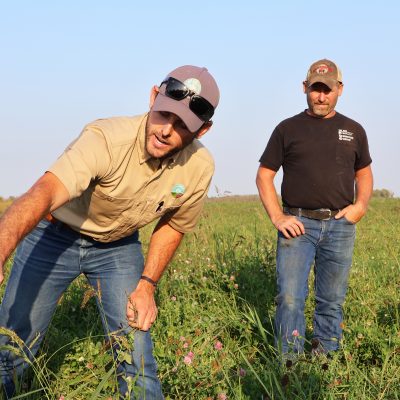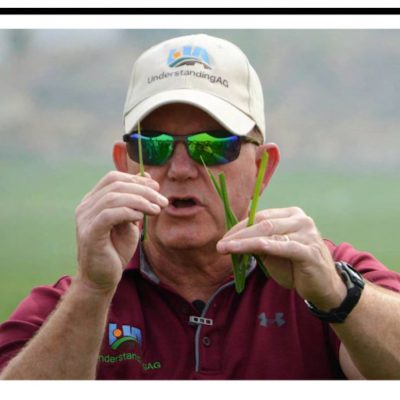Grazing Field Day Aug. 10 at Fire Rock Farm Near Starbuck
STARBUCK, Minn. — Do you want to get a firsthand look at how one Pope County farm is utilizing rotational grazing of pastures and cover crops to produce livestock? There will be a field day and pasture walk on Thursday, Aug. 10, from 4 p.m. to 8 p.m., at the Shane and Jessica Blair’s Fire… Read More →


